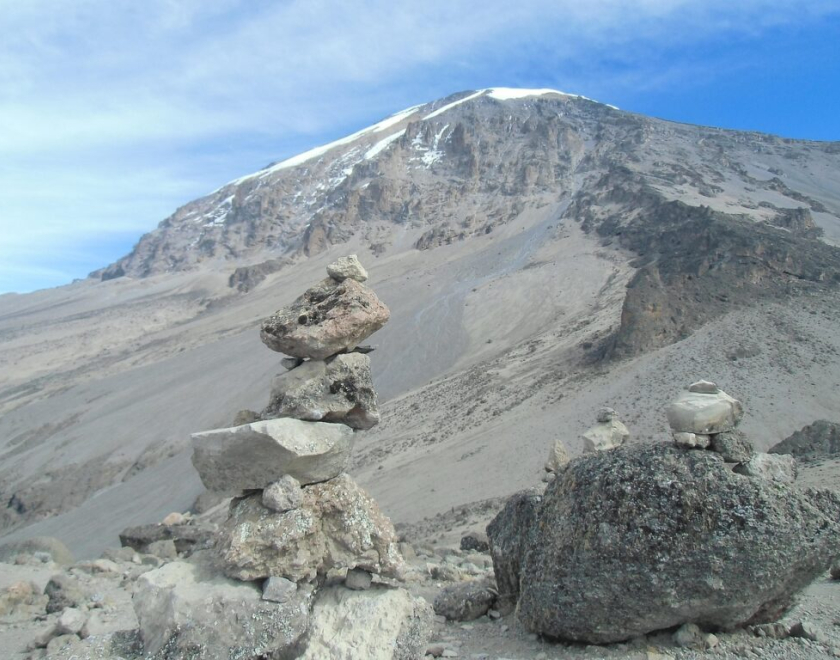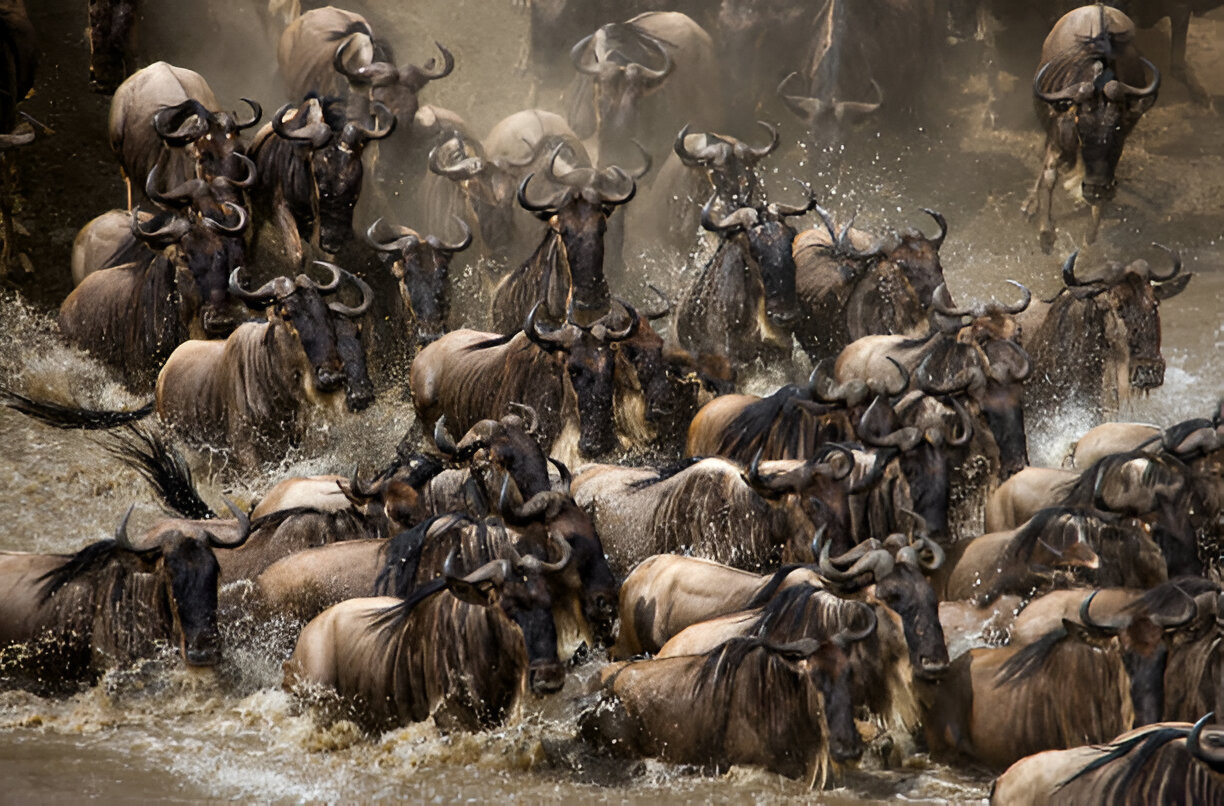
- Tanzania - East Africa
How Do I Prepare for a Kilimanjaro Climb? – Complete Guide
Climbing Mount Kilimanjaro, Africa’s highest peak and the world’s tallest free-standing mountain at 5,895 meters (19,341 feet), is a dream for many adventurers. But reaching the “Roof of Africa” is not just about booking a trek — it requires thorough preparation, both physically and mentally. Many first-time climbers ask the question: How do I prepare for a Kilimanjaro climb?
This guide covers everything you need to know: training, gear, health precautions, packing lists, choosing the right route, and expert tips to maximize your chance of a successful summit.
1. Physical Preparation for a Kilimanjaro Climb
One of the most important aspects of preparing for a Kilimanjaro climb is fitness. While Kilimanjaro does not require technical mountaineering skills, the trek is demanding due to long hiking days and altitude.
Training Tips:
Cardio training: Engage in running, swimming, cycling, or stair climbing 3–4 times a week to improve endurance.
Hiking practice: Train by hiking on hills or mountains with a backpack to simulate actual conditions.
Strength training: Focus on legs (squats, lunges), core, and upper body strength to handle long climbs.
Stamina building: Practice walking 6–8 hours in a single day, similar to Kilimanjaro trekking days.
💡 Tip: Start training at least 8–12 weeks before your climb to build stamina gradually.
2. Altitude Preparation – The Key to Summit Success
One of the biggest challenges climbers face is altitude sickness. Since Kilimanjaro is nearly 6,000 meters high, your body needs time to adjust.
How to Prepare for Altitude:
Choose a longer route (7–9 days) such as Lemosho or Northern Circuit for better acclimatization.
Follow the “climb high, sleep low” principle on acclimatization days.
Stay hydrated by drinking 3–4 liters of water daily.
Consider preventive medication like Diamox (consult your doctor).
Listen to your guide — if symptoms worsen, descent is the safest option.
💡 Altitude preparation is the most critical part of preparing for a Kilimanjaro climb — don’t underestimate it.
3. Mental Preparation for Kilimanjaro
Kilimanjaro is as much a mental challenge as it is physical. Climbers often ask: “How do I mentally prepare for a Kilimanjaro climb?”
Stay positive: The trek can be exhausting, especially on summit night when you may walk 6–8 hours in the cold and dark.
Pace yourself: Go “pole pole” (slowly, slowly in Swahili).
Visualize success: Imagine yourself at Uhuru Peak holding your achievement.
Accept discomfort: Be ready for cold nights, basic toilet facilities, and fatigue.
Mental resilience is key to a successful summit.
4. Choosing the Right Route
Kilimanjaro offers several routes, and choosing the right one is essential in preparing for your climb.
Main Routes:
Marangu Route – 5–6 days, hut accommodation, less scenic, lower success rate.
Machame Route – 6–7 days, very scenic, popular, good acclimatization.
Lemosho Route – 7–8 days, beautiful, remote, high success rate.
Northern Circuit – 9 days, best acclimatization, highest success rate.
Rongai Route – 6–7 days, less crowded, drier climate.
Umbwe Route – Short and steep, most difficult, not recommended for beginners.
💡 Longer routes increase your chance of summit success when preparing for a Kilimanjaro climb.
5. Packing the Right Gear
A common question is: “What should I pack when preparing for a Kilimanjaro climb?”
Your gear can make or break your experience.
Essential Kilimanjaro Packing List:
Clothing Layers: Base layers, fleece, down jacket, waterproof shell, hiking pants, thermal underwear.
Footwear: Broken-in hiking boots, warm socks, camp shoes.
Sleeping Gear: 4-season sleeping bag (rated -15°C or lower).
Accessories: Gloves, hats, gaiters, sunglasses, headlamp.
Backpack & Duffel: Daypack (30–40L) + duffel bag (carried by porters).
Hydration: 3L CamelBak + water bottles.
Other Essentials: Trekking poles, sunscreen, lip balm, personal medication.
💡 Pack smart and keep your daypack light when preparing for Kilimanjaro.
Chat with our expert direct via email!
6. Health and Safety Preparation
Vaccinations: Yellow fever (if coming from an endemic country), hepatitis, and tetanus are commonly recommended.
Malaria prevention: Take prophylaxis if spending time in Tanzania lowlands.
First aid kit: Include blister pads, painkillers, rehydration salts, and altitude medication.
Travel insurance: Must cover trekking up to 6,000 meters and medical evacuation.
💡 Ask your doctor: “How do I prepare medically for a Kilimanjaro climb?” for personalized advice.
7. Nutrition and Hydration
Eat well: Guides and porters provide nutritious meals — carbs, proteins, soups, and fruits.
Snacks: Bring energy bars, nuts, and chocolates for extra calories.
Stay hydrated: Drink steadily throughout the day, even if you don’t feel thirsty.
💡 Proper nutrition is an underrated part of preparing for a Kilimanjaro climb.
8. Booking With a Reputable Operator
Another key factor in how to prepare for a Kilimanjaro climb is choosing the right safari and trekking operator.
Look for licensed Kilimanjaro operators with experienced guides.
Ensure they follow ethical climbing standards (fair porter treatment, safety gear, oxygen, pulse oximeters).
Read reviews to confirm past climbers’ success and safety experiences.
💡 A good operator dramatically improves your preparation and summit chances.
9. Summit Night – What to Expect
The toughest part of Kilimanjaro is summit night. Preparation is key:
Start at midnight in freezing temperatures.
Move slowly — 6–8 hours to reach Uhuru Peak.
Dress in all layers, including thermal, down jacket, and gloves.
Use trekking poles and headlamps.
Celebrate sunrise at the summit, then descend carefully.
💡 Remember, preparing for summit night is about endurance and determination.
10. Final Checklist – How Do I Prepare for a Kilimanjaro Climb?
✅ Train physically for 8–12 weeks
✅ Choose the right route (7+ days recommended)
✅ Prepare mentally for long days
✅ Pack essential gear for all weather
✅ Take altitude seriously and acclimatize properly
✅ Get vaccinations and malaria prevention
✅ Arrange travel insurance covering high-altitude trekking
✅ Book a trusted Kilimanjaro operator
✅ Stay hydrated, eat well, and pace yourself
Conclusion
So, how do I prepare for a Kilimanjaro climb? Preparation is the difference between success and disappointment. With the right training, gear, mindset, and support, you can safely stand on Africa’s highest peak and fulfill one of the greatest trekking achievements in the world.
By focusing on physical fitness, altitude adaptation, mental readiness, and proper planning, you maximize your summit success rate. Whether you choose the Lemosho, Machame, or Northern Circuit route, the key is preparation.
Climbing Kilimanjaro is not just about reaching the top — it’s about the journey, the challenge, and the personal victory that comes with standing on Uhuru Peak.
📌 Build Your Tour Today!


Olduvai Tours Tan_Africa
We ensure that your journey is not just a trip but a meaningful exploration of Tanzania’s natural and cultural treasures. Let us turn your dream safari into reality!
Booking your Adventure with Olduvai Tours Tan Africa
Olduvai Tours Tan Africa specializes in creating unforgettable Tanzania safari experiences, offering expert guides, personalized itineraries, and high-quality service.
Other Tours You May book with Olduvai Tours Tan_Africa:
Tanzania – East Africa Is It Possible to Do a Day Trip to a Park from Arusha? Arusha is…
Book 4 Days Tanzania Luxury Safari Itinerary Book Your 4 Days Luxury Safari Package! Tour Package Details 📍 Tarangire…
Affordable Group Joining Safari in Tanzania 2025 – Budget-Friendly 📍 Serengeti National Park, Ngorongoro Crater and Tarangire National Park…

